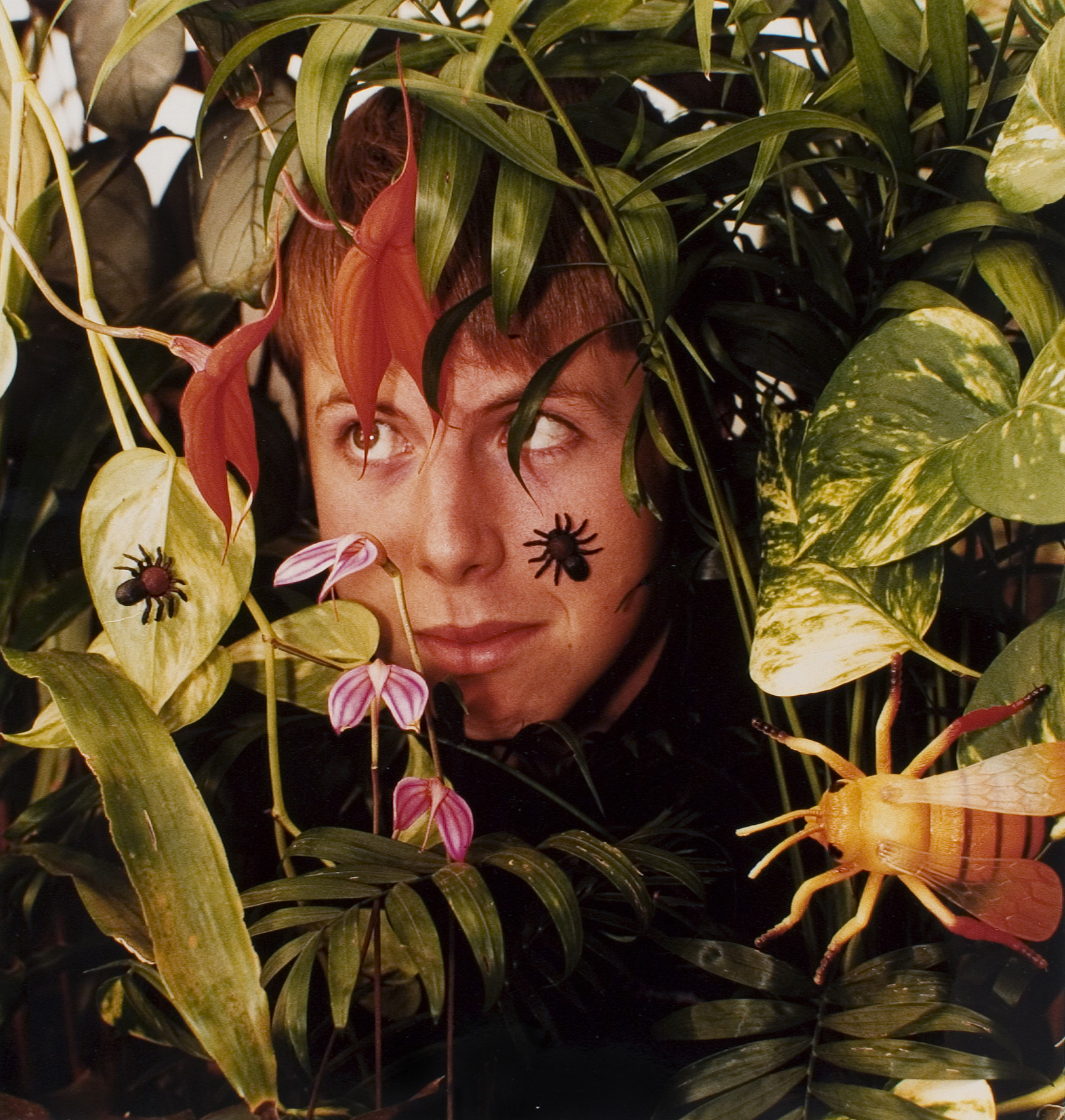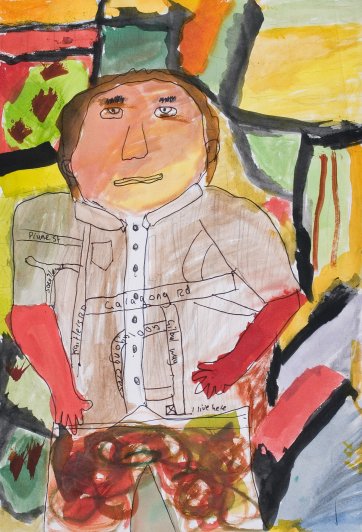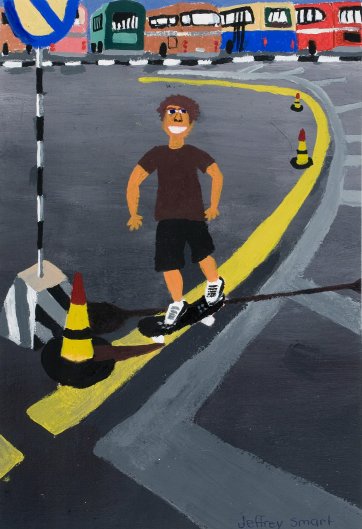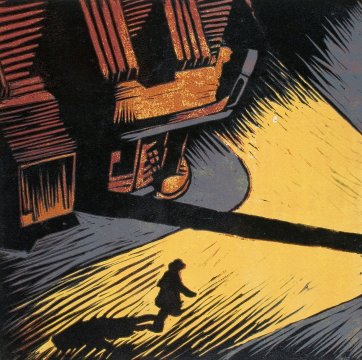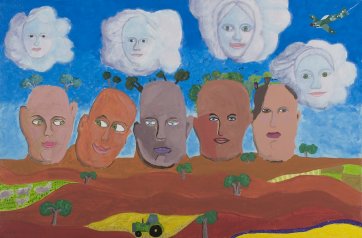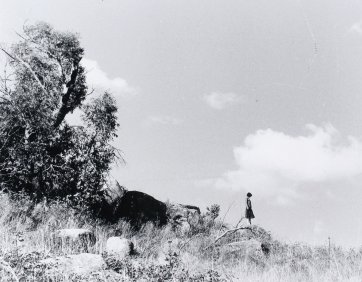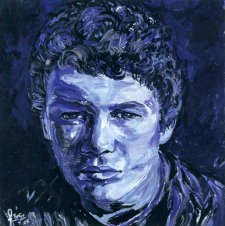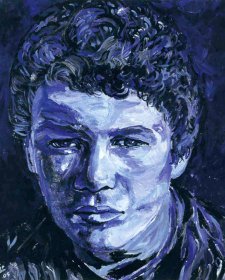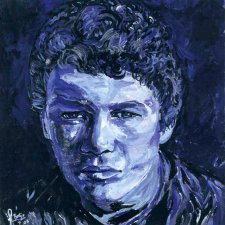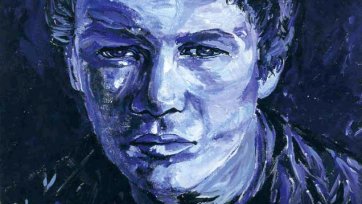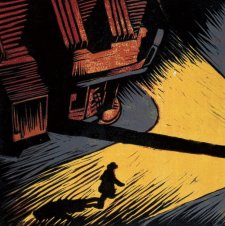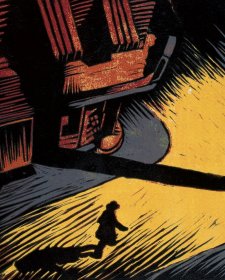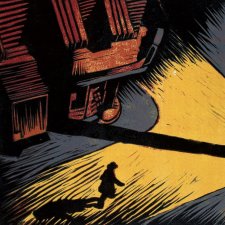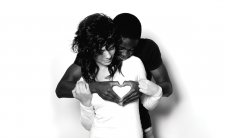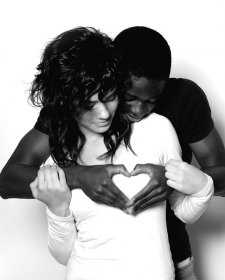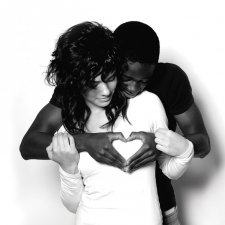Me and My Place
The theme of the National Portrait Gallery's 2006 annual survey of secondary school student portraiture is Me and My Place. This is the seventh exhibition as part of The Headspace Project, and calls upon students to consider where they are - on a number of levels. Through their work in a myriad of mediums, this year students have explored the exhibition theme broadly. Students analysed their conceptions of self in combination with an exploration of how they are shaped and defined – physically, psychologically, socially or symbolically - by place.
By asking the students to look beyond themselves, this year's exhibition differs markedly from past Headspace outings - such as Facing Memory (2003), and Who Am I? (2005): exhibitions in which the majority of works were, quite rightly, introspective. The works in this year’s show run the gamut of the possibilities the word ‘place’ offers, from analyses of the place inside one's head, the physical places in which one spends time, the places one likes to be and the world, the environment, one hopes for in the future. An interesting current that runs through Headspace 7 is the students keenness to show in their self- portraits who is (and in some cases who isn’t) in that same place with them, whether it be friends, family or imaginary beings. This is in keeping with the broader public discussion and an abiding interest in concepts of identity, notions of belonging - in society, in a community and to land or country - all of these issues have been addressed by the students in Headspace 7 in thoughtful and original ways.
Annie Schubert, a Year 12 student, describes her work, How Small Do I Feel?, a photographic self-portrait, as:
"showing me in a harsh, comparatively large landscape. I feel this photograph adequately conveys the smallness I feel within the world and space I fill."
Communicating their interpretation of the exhibition theme in a painted portrait in which they integrate themselves into the local land forms and weather patterns, year 7 students of St Anne’s Central School, Temora, express the vitality of their connection to landscape thus:
"Our place is in the earth and sky. We have a strong connection to the country and big hopes and dreams. We are truly grounded and attached to the land; we feel we are part of it. We are a farming community; we understand the impact of drought and look to the sky for rain to nourish our land which supports our community. With our heads in the clouds we dream of the future. Our sky has the only flying Spitfire in Australia. It shows we can look to the past to fly into the future and that anything is possible."
Nick Wales a Year 12 student at Canberra College in his self-portrait Moving and Changing exploits the expressive qualities of lino-cut printing and articulates his thoughts about the work:
"This is a narrative piece which describes the transition from youth to adulthood. It is an emotional print as it has the ability for the viewer to put themselves into the image. As a young person I don’t feel if I have a set place. My life is moving and changing. The figure walking down the street depicts me moving forward in life. There is a feeling of loneliness but that is not what I feel. This transition is something I want to do by myself for myself."
Year 7 Murray High School student, Cameron Wallace, writes of his work; Self-portrait Where I Live:
"I'm standing in the middle of the place where I live. It is a bird's eye- view of the streets where I live and the oval and tennis courts where I play sport. I have also used a more traditional map with named places across my shirt. This isn’t very realistic but it gets the idea across."
Underpinning The Headspace Project is the belief that portraiture is a valuable, potent, and pertinent art form through which secondary students can explore aspects of themselves, their communities, and the world as it is - or might be. Art has much to teach us about the world and our place in it.
The Headspace Project gives young artists the chance to reflect on their work, to see their progress, and to be stimulated by the work of other students to develop in new ways.
Professor Anne Bamford recommends in her groundbreaking work on the global impact of the arts in education, The Wow Factor (2006) that art as an exhibition-based medium, remains an important aspect of an art education program. For complete development in art education, students need opportunities to exhibit their work. Exhibitions allow the work of teachers, and children to be more publicly highlighted and appreciated. This is of particular benefit in raising the confidence and self-esteem of the children involved.
As demonstrated by the above examples, the works submitted for Headspace 7 show that the theme of place is highly apt to the genre of self-portraiture. By being expansive in their self-imaging the students exhibited in the show truly deserve their 'place' on the walls and in the showcases of the National Portrait Gallery.
Katherine Russell
Learning Co-ordinator,
National Portrait Gallery
